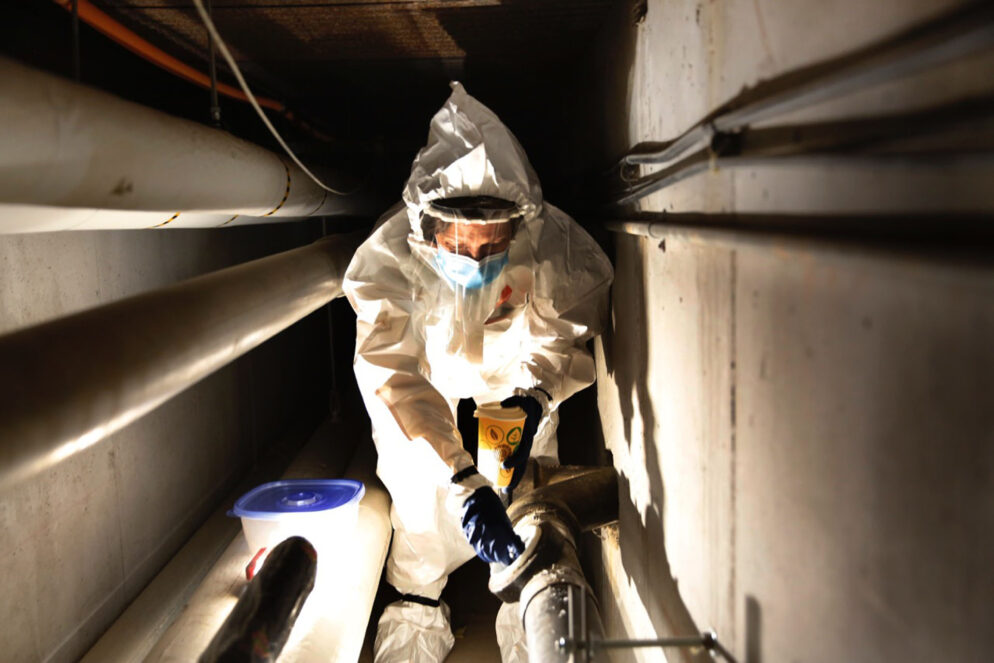CC’s wastewater testing program was featured prominently in an NPR story titled “Colleges Turn To Wastewater Testing In An Effort To Flush Out The Coronavirus” that aired on Oct. 26. NPR reporter Elissa Nadworny visited Colorado College on Oct. 7 for the story, in which she interviewed Andrea Bruder, associate professor of mathematics, to learn how wastewater monitoring by colleges and universities provides an early opportunity to identify instances of the virus. As Nadworny noted, “In her 11 years on campus, Bruder had no reason to know about the dorm sewage lines — much of her research focused on ladybugs and aphids on yucca plants. But like so many faculty and staff members at U.S. colleges, she’s redirected her research to focus on COVID-19, using her expertise to keep the campus safe.”
CC added wastewater testing in mid-September to its comprehensive testing program, in an effort to help find COVID-19 cases before people become symptomatic. Bruder, who serves as associate dean of the faculty and chair of CC’s COVID Scientific Advisory Group, is part of a team that collects residence hall wastewater two times a week in an effort to detect the Coronavirus.
Researchers have found that spikes in the virus concentration in wastewater can be detected one to two weeks before spikes in the number of cases might occur. The sampling can be done in areas as specific as a certain wing or level of a single residence hall. If the virus is detected in the wastewater, residents in that section of the building can be tested quickly, and those who receive positive test results can be isolated, preventing an outbreak. “It’s a great tool in our arsenal to help stop this spread because it catches it really early,” says Brian Young, vice president for information technology and chief technology officer.
The CC pilot project includes South, Mathias, and Loomis halls, with additional buildings possibly being added in the future. “Following the pilot project where we collected grab samples twice each week, we plan to use autosamplers to collect composite samples over a 24-hour period to gather data that is more representative of entire buildings throughout the day,” says Bruder.
